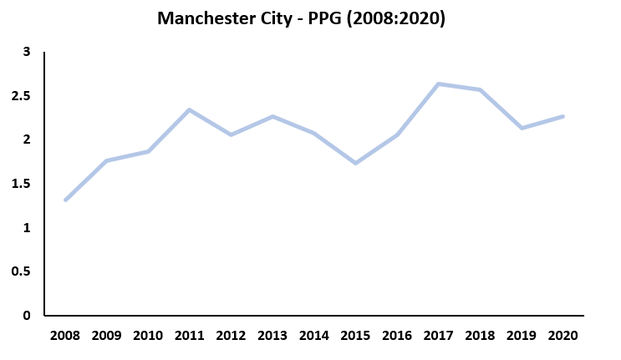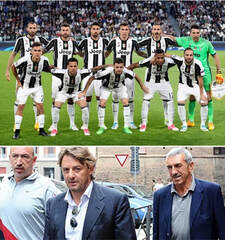Last week, the Irish government published legislation to facilitate the establishment of a gambling regulator. Among other rules, new legislation could be on the way to end free bet offerings , credit or loans to players, and VIP services.
To date, I have not seen much on rules relating to how information is presented to gamblers. A myriad of behavioural research has shown that how information is displayed, it’s context and where it is positioned can impact decision-making.
For example, bookmakers commonly offer ‘specials’ to customers that are prominently positioned and brightly coloured to attract attention. A common tactic in football betting markets is to combine two very short priced favourites with one longer priced team. All three must win (the conjunction fallacy comes to mind). The extra value to the gambler is often displayed.
I tracked this for football specials for a week on a popular gambling website. About 20% of these specials were winners. Indeed, there doesn’t seem to be anything very special about them.
If one was to accept that we cannot eradicate problem gambling, maybe it in the interest to improve gamblers literacy of the tricks and traps used by betting firms in an attempt to reduce losses.




 RSS Feed
RSS Feed